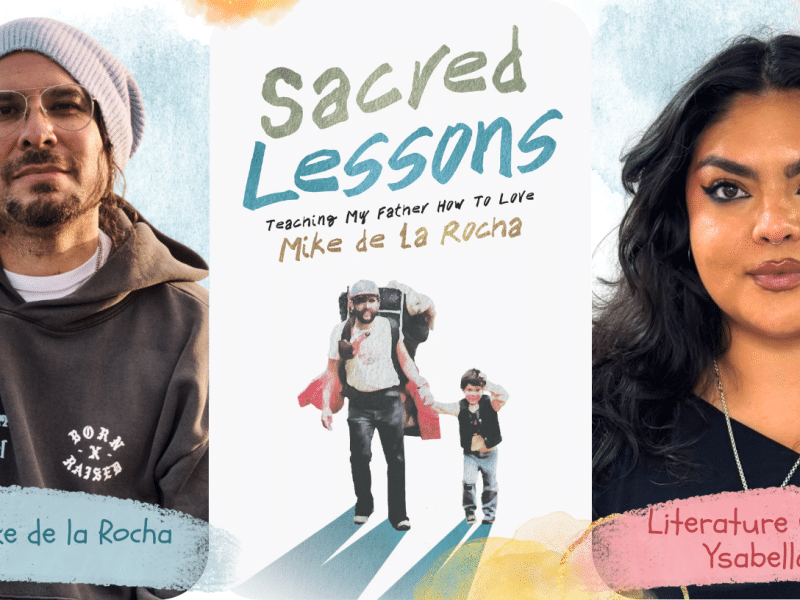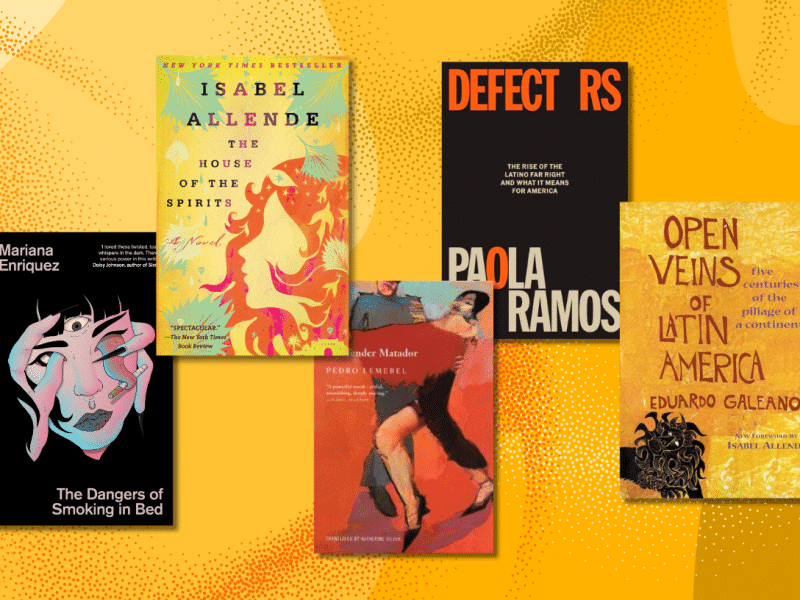The Evolution of Telenovelas Through the Years
If you’re 1st or 2nd gen immigrant, chances are you grew up with iconic telenovela playing in your household. What apple pie is to America, novelas are to Latinos.
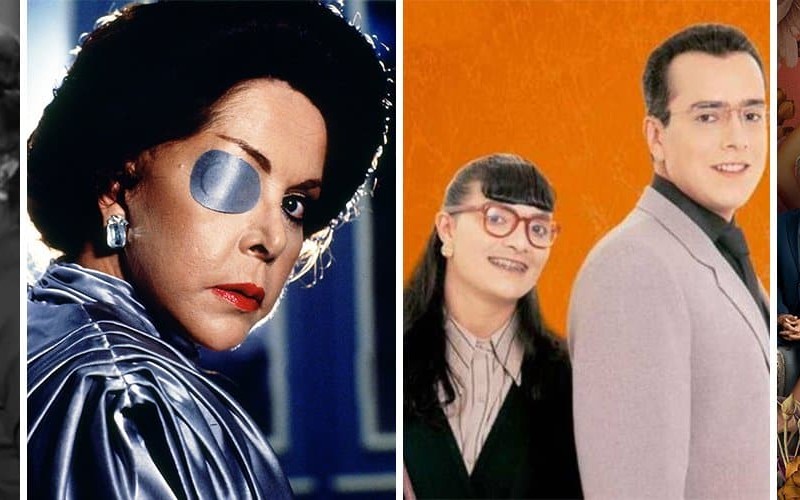
Telenovelas – they are as Latino as it gets. For just about every first or second-generation American Latino immigrant, they are a part of those formative years that remain core memories forever.
Yes, these sometimes melodramatic, often over-the-top, but always captivating TV series have carved out a piece of our corazón, and they’re here to stay.
Where do Tele-Novelas Originate?
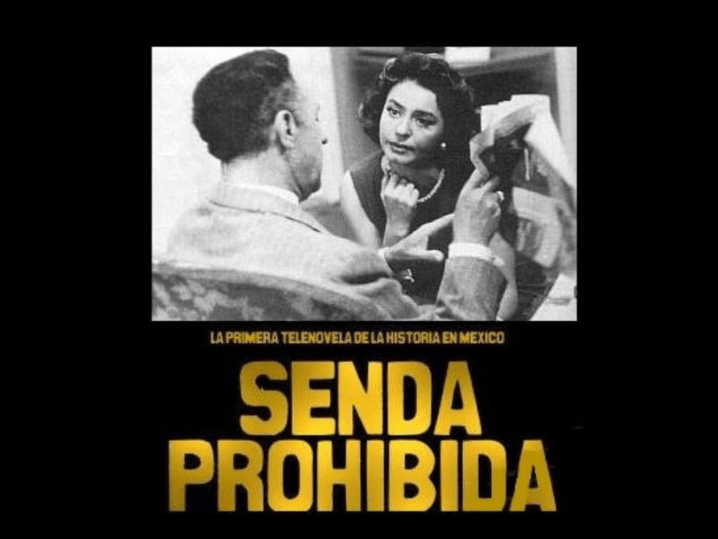
Imagine it’s the 1950s. Rock ‘n’ roll is still in its infancy, Marlon Brando is considered a heartthrob, and the TV is rapidly replacing the radio as the primary source of home entertainment. Now, let’s take that black-and-white picture and add a dash of Latino flavor. In this exciting era, the first telenovelas were born, most notably in Cuba, and Mexico. Essentially, they were radio soap operas with a Latin twist, gaining the ‘tele’ when they made their way to television.
Early Days of Telenovelas

Radio Caracas Television, launched in Cuba in 1953, was the pioneer in this field, with “El derecho de nacer” hitting the airwaves and stealing hearts. But the torch didn’t stay in Cuba for long. It passed to Mexico in the late 1950s, where Televisa, then known as Telesistema Mexicano, began producing their own television-based novelas.
Mexico’s Televisa kicked things off in a grand style, with the 1958 melodrama “Senda Prohibida.” This telenovela introduced us to all the elements that make our beloved genre what it is today: intrigue, drama, unrequited love, and yes, plenty of slap-happy moments.
Who needs to talk out their problems when you can just slap your way through them, right? All jokes aside, we have to admit many of the most popular tropes definitely wouldn’t fly nowadays, and there’s also a case to be made about whether or not telenovelas have led us to view toxic relationship behaviors as normal. But history is history, and to know where we’re going, we have to know where we came from.
The Rise of Social Issues in Telenovelas

Over the decades, telenovelas have evolved in pace with our society. In the ’70s, Televisa continued its reign with “El Derecho de Nacer,” marking a shift towards addressing social issues, from poverty and racism to women’s rights. This trend continued in the ’80s and ’90s, giving us gems like “Rosa Salvaje” and “Maria la del Barrio,” some of the best telenovelas of all time if you ask us, with our beloved Thalía demonstrating that a “poor” girl can indeed make good (and look fabulous while doing it).
Telenovelas in the 2000s

In the 2000s, telenovelas began exploring more complex themes and diverse storytelling. And let’s not forget the explosion of the narco-novela, featuring tales of drug cartels, led by the notorious “El Cartel de los Sapos.” Because who needs regular bad guys when you can have morally ambiguous, drug-dealing antiheroes?
How Telenovelas Shape Latino Culture and Identity

For us Latinas, telenovelas are more than just our guilty pleasure. They’re a reflection of our lives, our hopes, our dreams, and yes, sometimes even our over-the-top family drama. They’ve played a crucial role in shaping Latino culture and identities, offering representation on screen in an industry where we’ve often been marginalized. Let’s face it, where else are you going to see abuela’s advice played out on screen, or find a character who understands your Spanglish lifestyle?
Plus, they’ve been a significant cultural export, spreading the Latino spirit worldwide. Telenovelas like “Yo Soy Betty, La Fea,” the charmingly ugly duckling story, have been adapted in various languages, from Vietnam to India to the U.S. (remember “Ugly Betty”?). And who can forget the global phenomenon of “La Usurpadora” or “Rebelde,” inspiring both fashion trends and countless teenage dreams?
The New Era
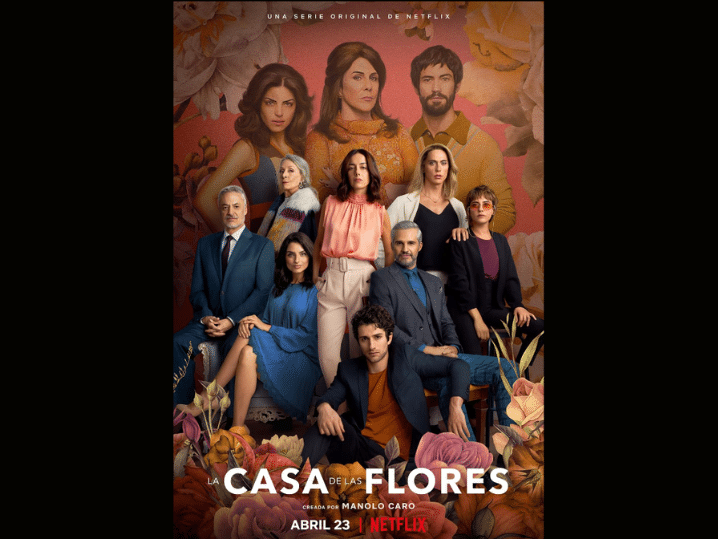
Fast forward to today, telenovelas aren’t just surviving, they’re thriving and evolving in ways we never imagined. Are they still relevant? Claro que sí! But they’re not your abuela’s telenovelas anymore. With the advent of popular streaming platforms like Netflix and Amazon Prime, they’ve gone global and digital, reaching millions.
These platforms have given telenovelas a facelift. Netflix’s “La Casa de las Flores” and Amazon’s “De Viaje con los Derbez” have introduced a whole new generation to the genre, combining traditional storytelling with modern themes and production values.
And with the trend of binge-watching, the classic telenovela format has been revamped. Instead of waiting for the nightly episode with bated breath (and dodging spoilers the next day), viewers can now consume a whole season in one sitting. Because who needs sleep when you have drama, right?
Telenovelas Keep Their Core

But don’t worry, despite the changes, they haven’t lost their essence. They’re still about us – our struggles, our triumphs, our laughter, our tears. Streaming has just widened the stage, allowing the world to appreciate the beauty, richness, and diversity of our Latino culture. And let’s face it, it’s about time the world caught up.
Telenovelas have come a long way, from their humble black-and-white beginnings to today’s HD, binge-worthy series. They have captured our hearts, shaped our culture, and occasionally, taught us how not to solve our problems (again, enough with the slapping!). Their evolution mirrors our own, and their continued success is a testament to our collective power as Latinas, both on-screen and off.
So, here’s to telenovelas, the heart, and soul of our shared Latine experience. Whether we’re watching a rerun of “Marimar” or the latest Netflix adaptation, we’ll always be ready for the next plot twist, or the next dramatic revelation because that’s the Latine way.


